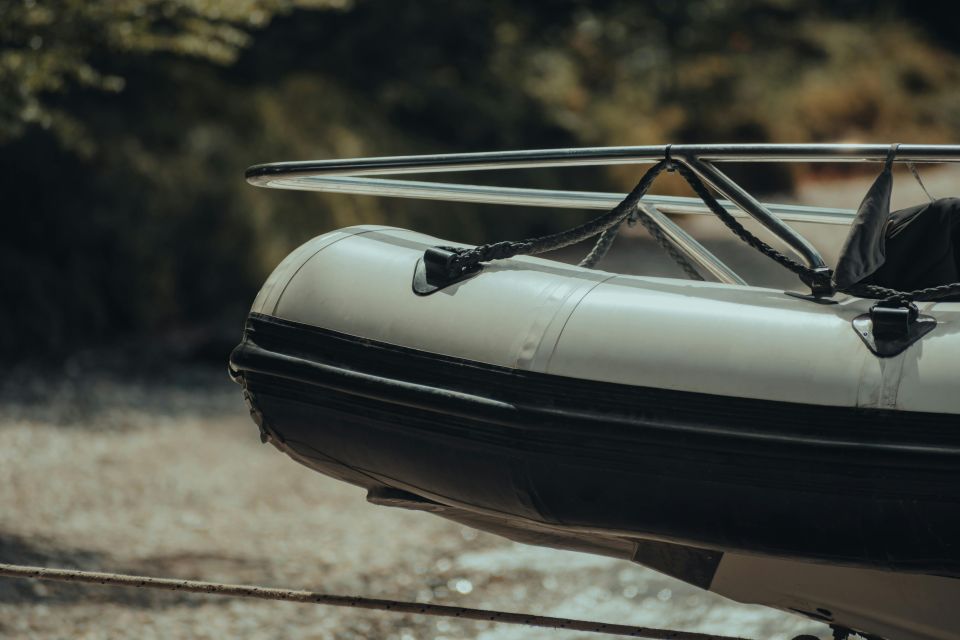A cruise vessel in Antarctic waters offered sightseeing excursions to passengers using small inflatable open boats. On one occasion, the keel bladder of the boat suddenly ruptured in an explosion-like occurrence. One passenger was severely injured and another was thrown overboard.
The Nautical Institute gathers reports of maritime accidents and near-misses. It then publishes these so-called Mars (Mariners’ Alerting and Reporting Scheme) Reports (anonymously) to prevent other accidents from happening. This is one of these reports.
The investigation determined that the rupture was caused by excessive pressure in the keel bladder tube. The recommended manufacturer’s operating pressure is 240 millibars. A survey of inflatables on board the cruise ship noted pressures up to and exceeding 620 mb in other keel bladders.
For this model of inflatable, and possibly others, the keel bladder is not protected by a pressure safety relief valve. The manufacturer recommends that they be inflated with a foot pump to reduce the chance of over-pressurisation. In this instance, it was found that crew members were routinely using an air compressor to fill the buoyancy chambers (including the keel bladder tube). Pressure levels were not being checked using a manometer as recommended by the manufacturer.
Also read: Tidy up or trip: Keep your deck free of clutter
Advice from The Nautical Institute
- Follow all manufacturer recommendations for inflatable boat inflation and maintenance.
- Use manufacturer recommended inflation devices (such as a foot pump) and appropriate pressure measurement tools to avoid over-pressurisation.
- Verify that company policy addresses manufacturer recommendations and that crews are properly trained before operating and performing maintenance on inflatable boats.
Also read: Crew member suffers injury after shortcut cuts safety short
Mars Reports
This accident was covered in the Mars Reports, originally published as Mars 202411, that are part of Report Number 376. A selection of the Mars Reports are also published in the SWZ|Maritime magazine. The Nautical Institute compiles these reports to help prevent maritime accidents. That is why they are also published (in full) on SWZ|Maritime’s website.
More reports are needed to keep the scheme interesting and informative. All reports are read only by the Mars coordinator and are treated in the strictest confidence. To submit a report, please use the Mars report form.
Also read: Fatal fall from crane grab








